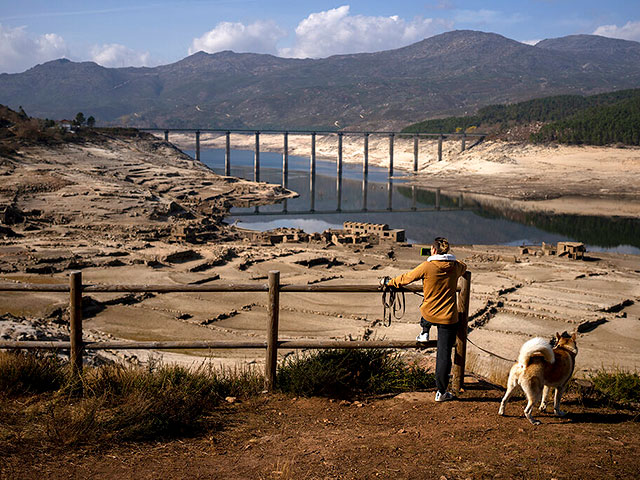A prolonged drought led to the shallowing of European water bodies. This entailed not only problems for river navigation – on the exposed bottom of rivers and lakes, archeological monuments appeared, among other things.
In the Spanish province of Cáceres, the Vadelcanas reservoir became shallow, and now it has become possible to see the Guadalperal dolmen again, which is called the “Spanish Stonehenge”. The prehistoric monument was discovered in 1926 by the German archaeologist Hugo Obermeier, but it was flooded when the reservoir was built in 1963.
In the Danube, the water level dropped to a record low for the last 100 years. As a result, not far from the Serbian town of Prahovo, the carcasses of German warships of World War II, which tried to break out of the Black Sea in 1944, were exposed.
A 1,000-pound aerial bomb, also from World War II, has been found at the bottom of the shallow Po River in northern Italy. The sappers of the Italian army were called to the scene. Some 3,000 people had to be evacuated before the controlled explosion.
